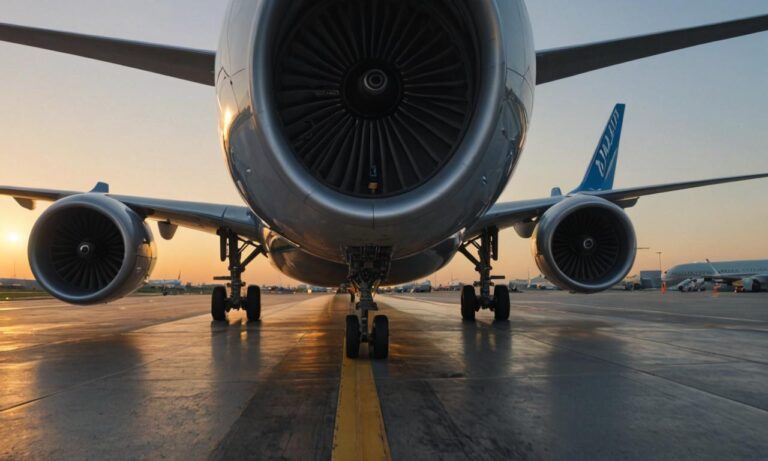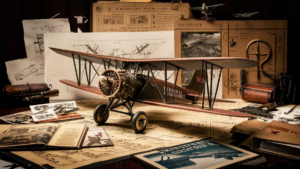In the realm of commercial aviation, the comparison between the Airbus A321 and the Boeing 757 ignites fervent debates among aviation enthusiasts and industry professionals alike. Both aircraft are stalwarts in the narrow-body segment, serving airlines worldwide with efficiency and reliability. Let’s delve into the nuances of these aircraft to discern their strengths, weaknesses, and where they stand against each other.
Design and Capacity
The Airbus A321 boasts a modern design with a wider fuselage, allowing for a comfortable cabin layout. It typically accommodates around 185 to 236 passengers in a standard two-class configuration. With its extended range variants, such as the A321LR and A321XLR, Airbus offers airlines flexibility in routes, including transatlantic operations.
On the other hand, the Boeing 757, although older in design, offers a slightly larger capacity, typically seating around 200 to 239 passengers. It has a narrower fuselage compared to the A321, which might affect passenger comfort, especially on longer flights. However, the 757’s range capabilities make it a preferred choice for some airlines operating transatlantic routes.
Performance and Efficiency
When it comes to performance, both aircraft shine in their own right. The Airbus A321 benefits from newer engine technology, contributing to its fuel efficiency and reduced environmental footprint. Its aerodynamic enhancements and advanced avionics further enhance its operational efficiency.
Conversely, the Boeing 757, while slightly older, still boasts impressive performance metrics. Its powerful engines and aerodynamic design allow for excellent takeoff and landing capabilities, especially on shorter runways. However, its fuel efficiency might not match the A321’s, particularly in the context of newer engine technologies.
Market Presence and Future Prospects
In terms of market presence, the Airbus A321 has gained significant traction in recent years, becoming a preferred choice for many airlines seeking a versatile narrow-body aircraft. Its extended range variants have opened up new route possibilities, further solidifying its position in the market.
Meanwhile, the Boeing 757, although no longer in production, still maintains a presence in airline fleets worldwide. Its unique capabilities, especially in the realm of medium to long-haul routes, ensure its relevance even in today’s aviation landscape. However, with the absence of a direct successor, airlines are increasingly turning to alternatives like the A321 and Boeing’s own 737 MAX series.
Both the Airbus A321 and the Boeing 757 have left indelible marks on the commercial aviation industry. While the A321 represents the epitome of modern design and efficiency, the 757 continues to command respect for its robust performance and versatility. Ultimately, the choice between these two aircraft depends on an airline’s specific operational requirements and long-term strategy.
Comfort and Passenger Experience
Comfort and passenger experience are crucial factors for airlines when selecting aircraft for their fleet. The Airbus A321’s wider fuselage allows for a more spacious cabin layout, offering passengers a comfortable flying experience, especially on longer routes. Additionally, Airbus has focused on enhancing passenger amenities and in-flight entertainment systems, further improving the overall experience.
Eco-Friendly Features
As environmental concerns grow within the aviation industry, the focus on eco-friendly features becomes paramount. Both Airbus and Boeing have been investing in research and development to reduce emissions and improve fuel efficiency. The A321, with its newer engine technology and aerodynamic advancements, boasts better fuel efficiency and lower emissions compared to the Boeing 757.
| Feature | Airbus A321 | Boeing 757 |
|---|---|---|
| Fuel Efficiency | Higher | Lower |
| Passenger Capacity | 185 to 236 | 200 to 239 |
| Range | Extended with LR and XLR variants | Comparable for certain routes |
Frequently Asked Questions
- Are there any plans for a successor to the Boeing 757?
- How do the operating costs of the Airbus A321 and Boeing 757 compare?
- Which aircraft offers better cargo capacity?
- What are the main differences in cockpit technology between the A321 and the 757?
See also:






